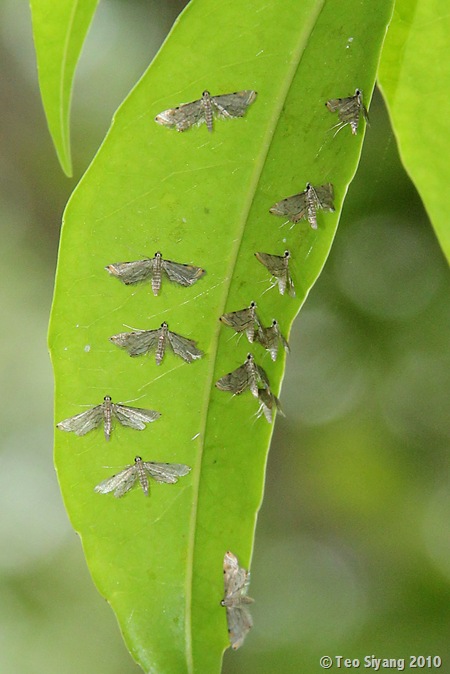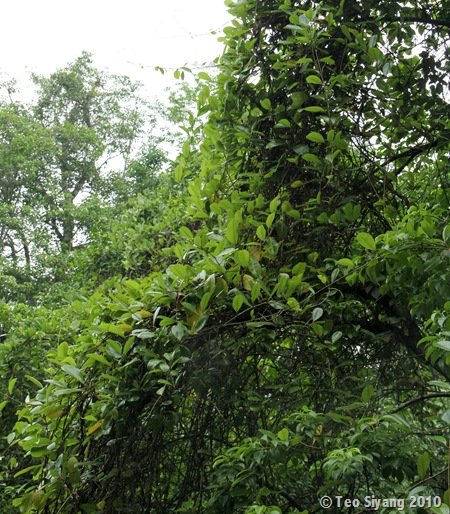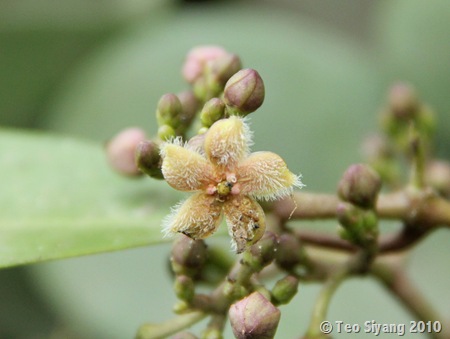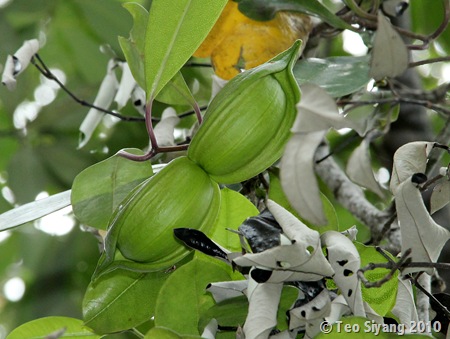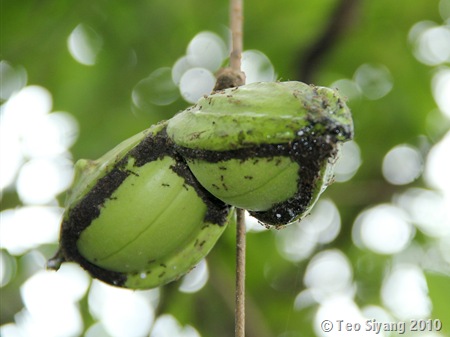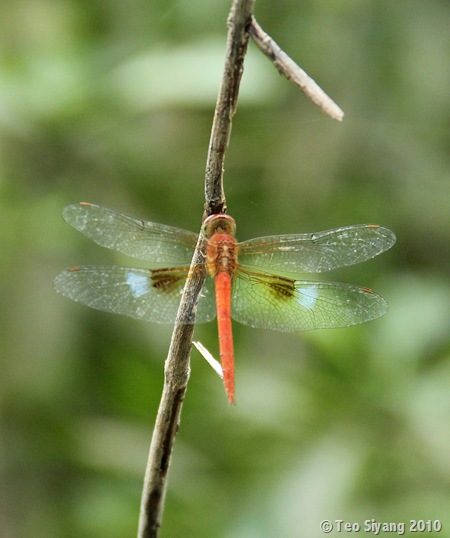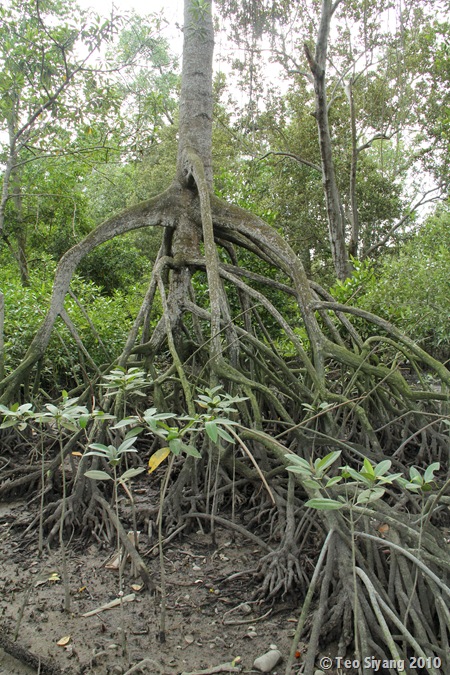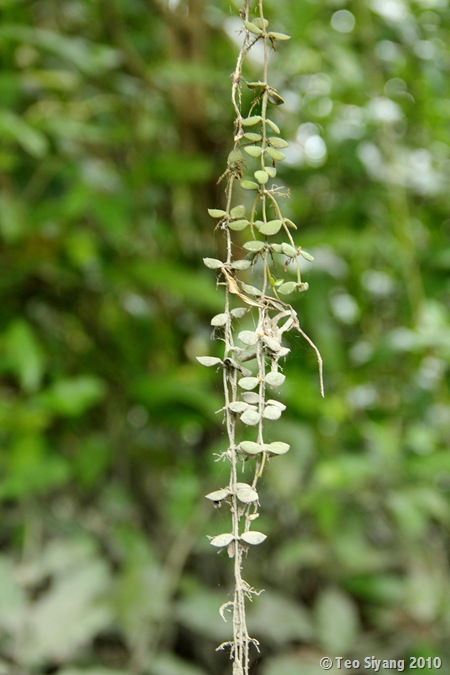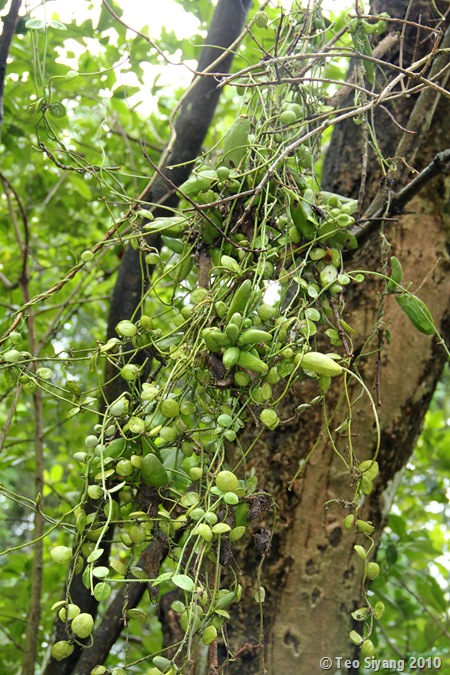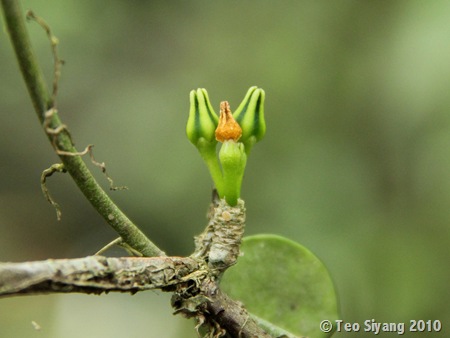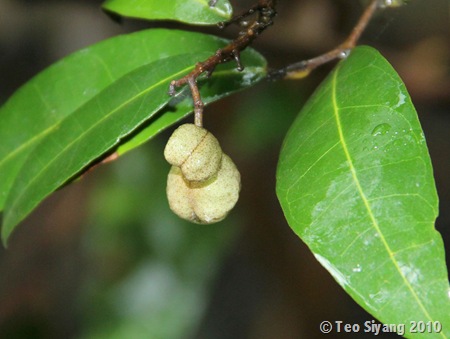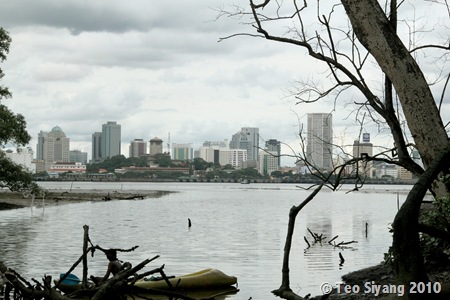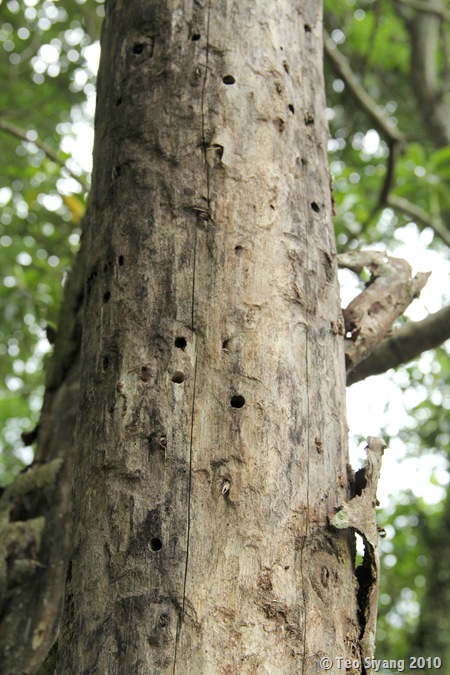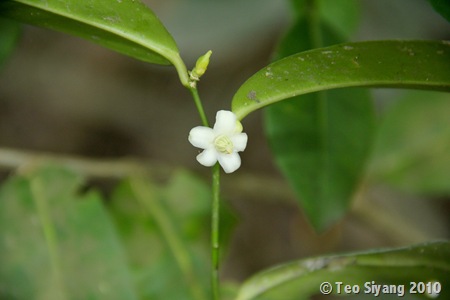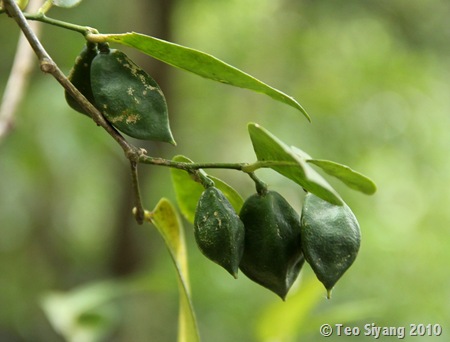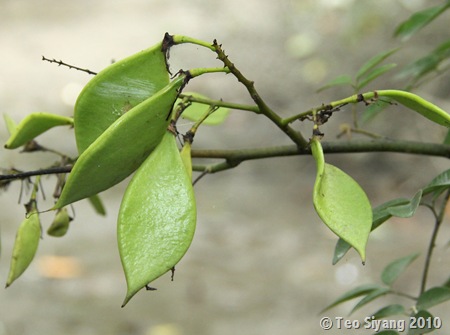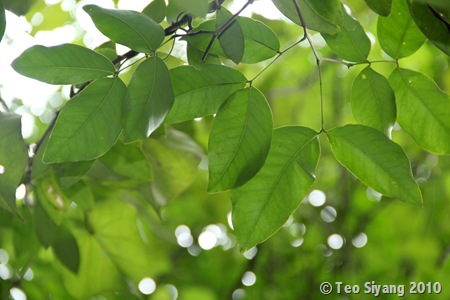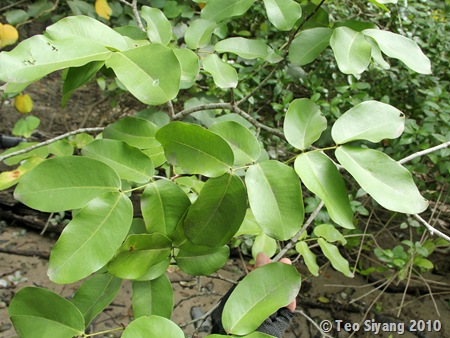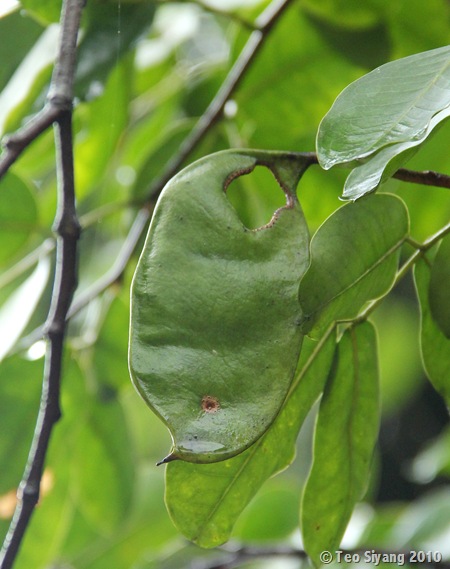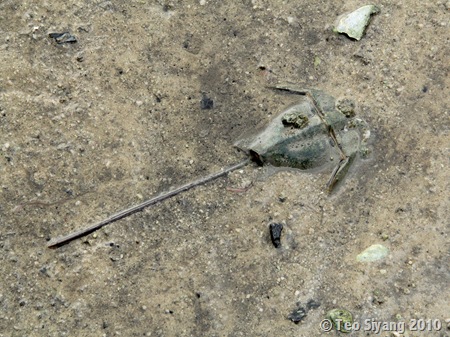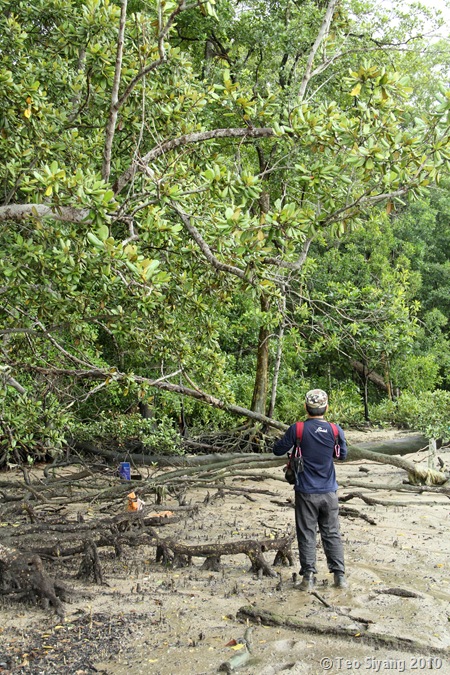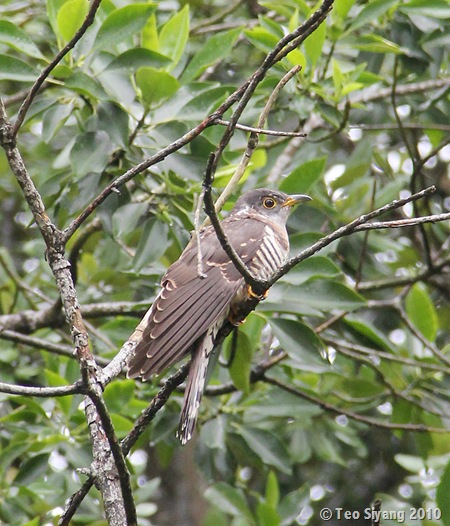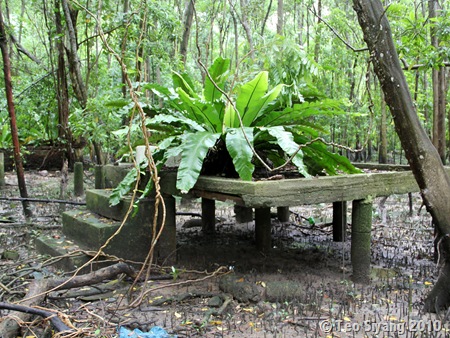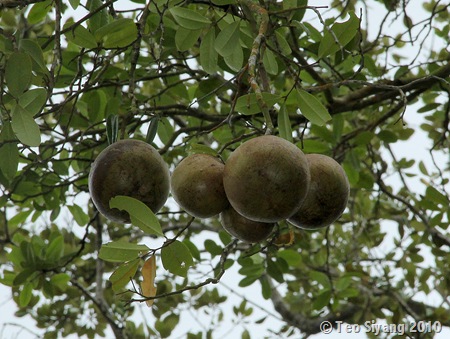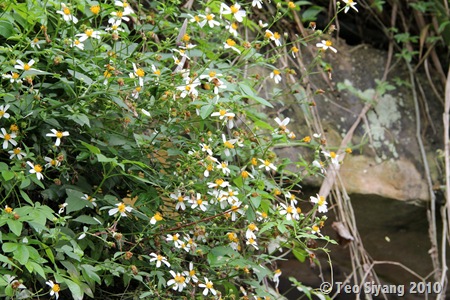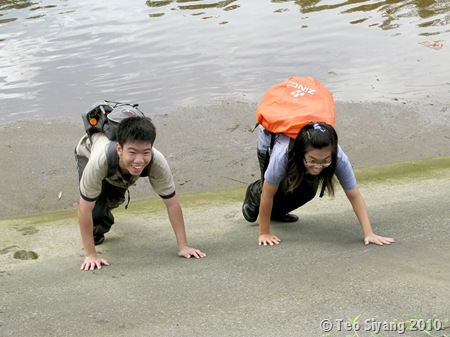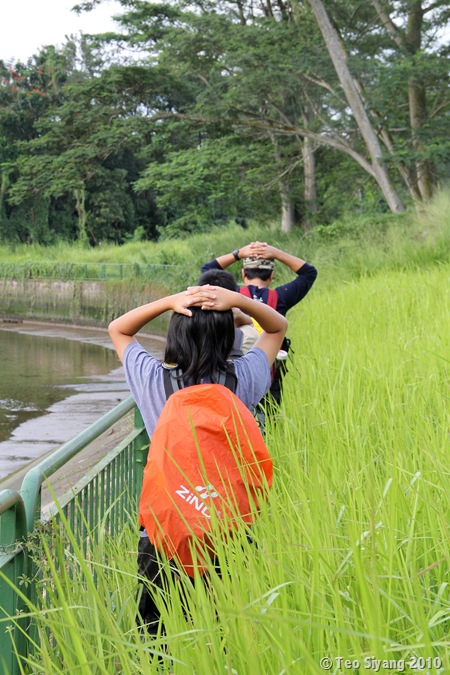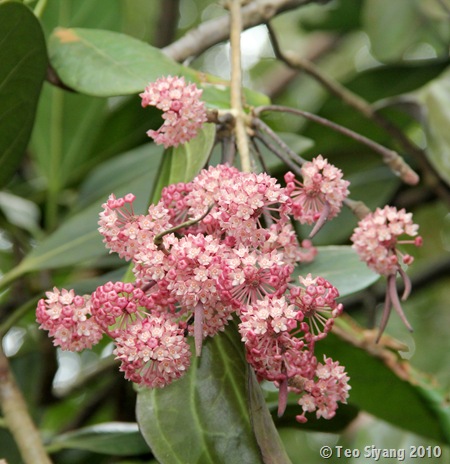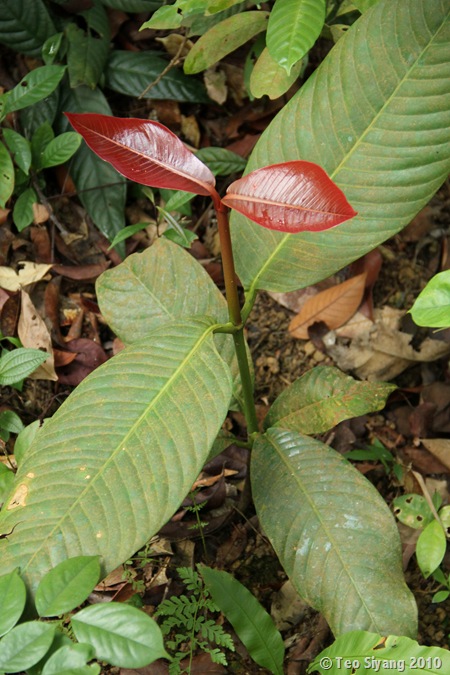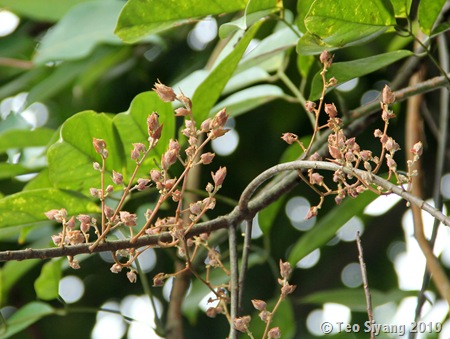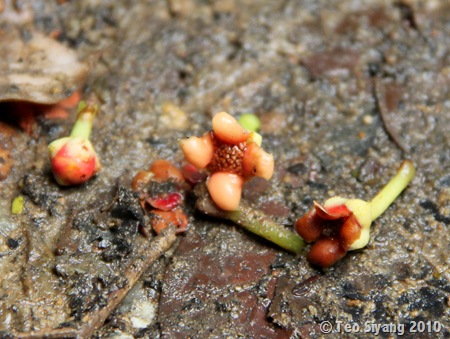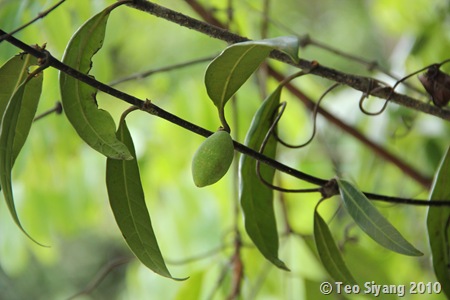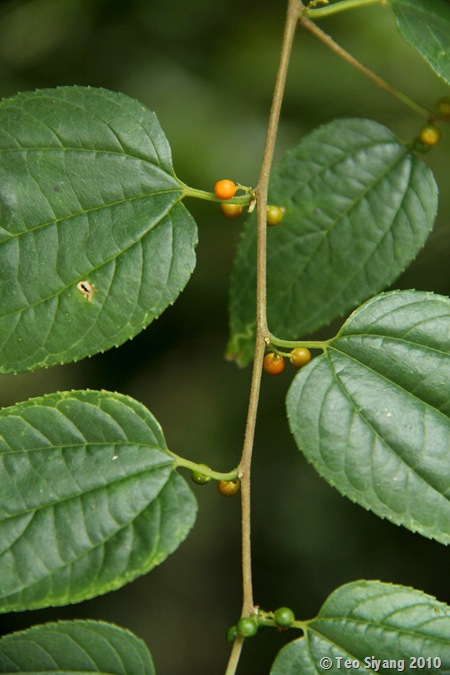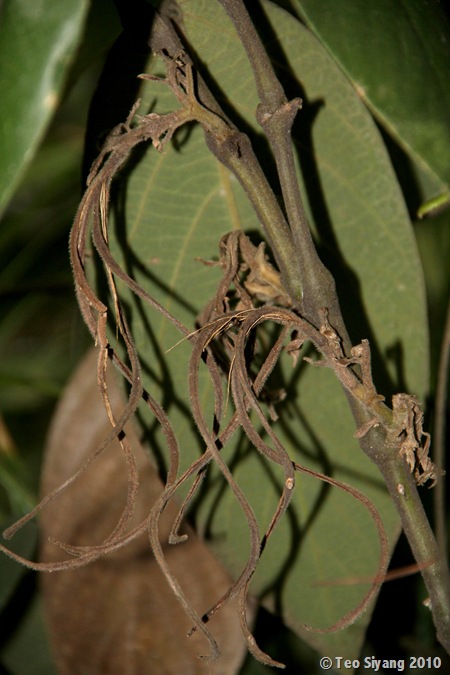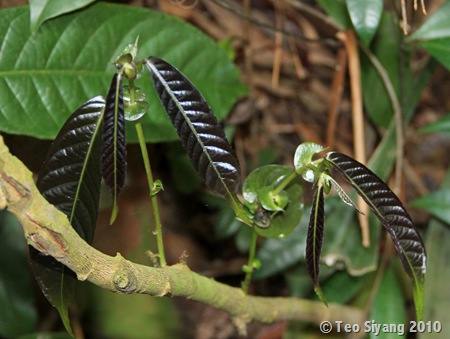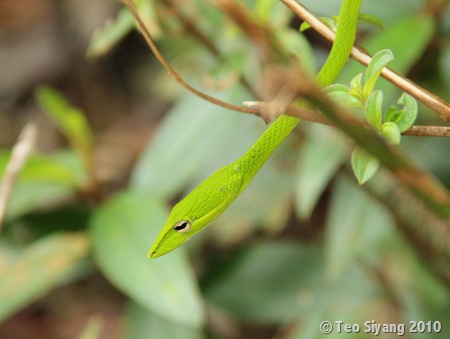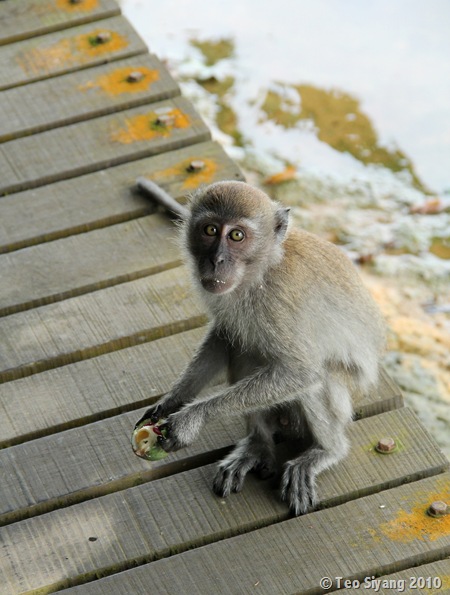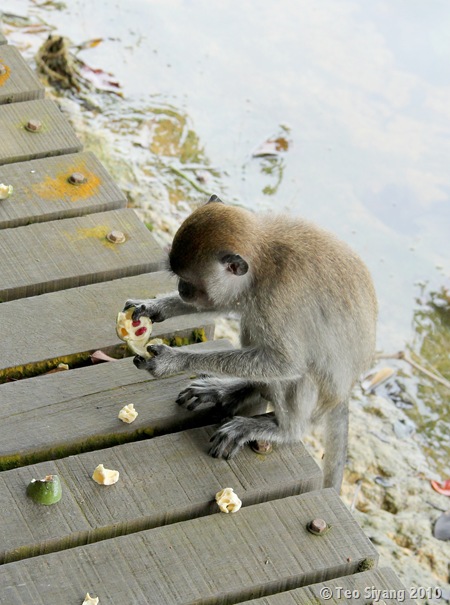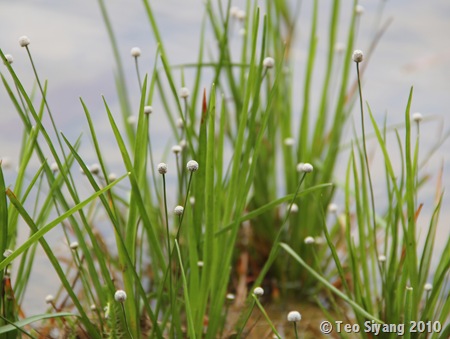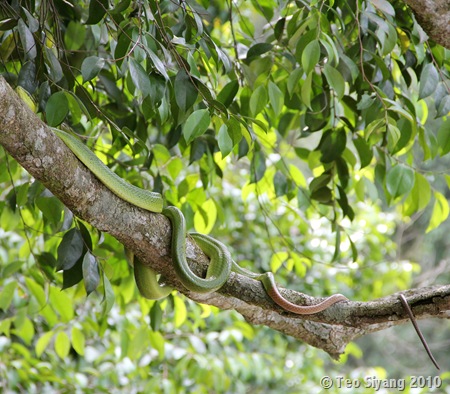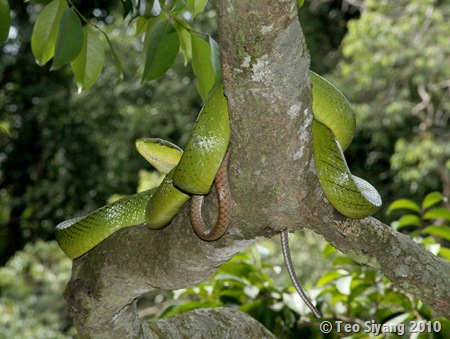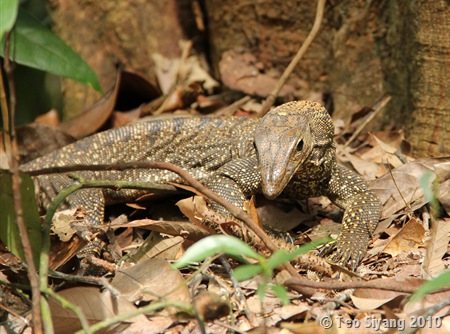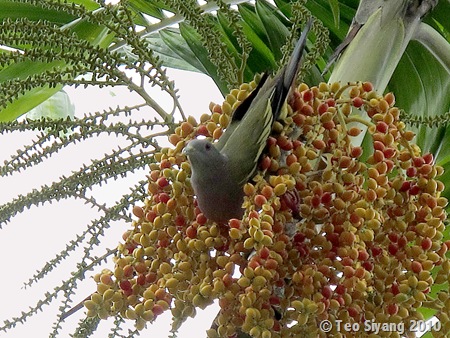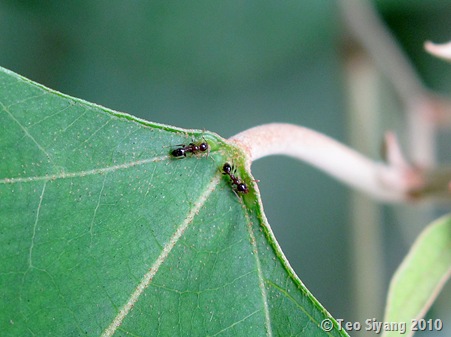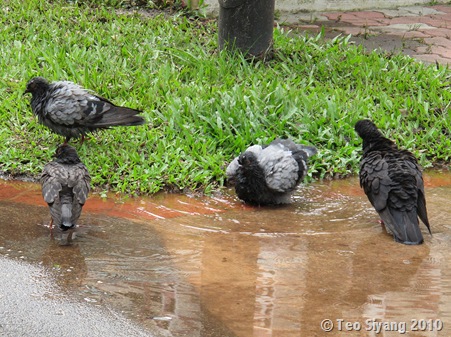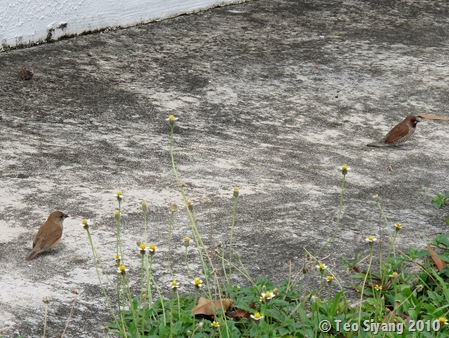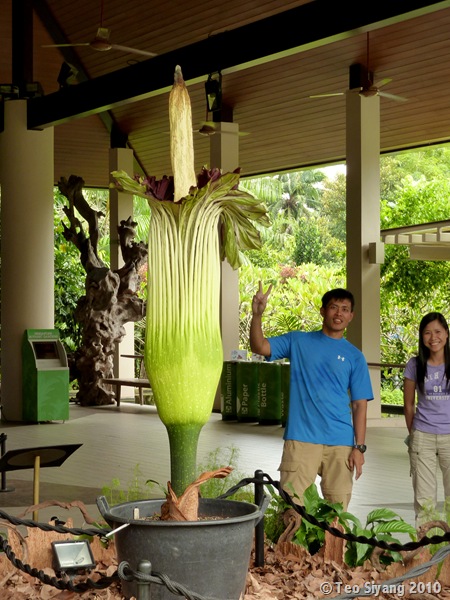My first time to Mandai Mangroves, organised by RY, and accompanied by two new friends JY and BC. I have to admit that the reason I have not come here is because of my overwhelming laziness. Haha, at least I am here now.
Upon entering the mangroves, RY pointed out these moths. They are aquatic ( I meant their larvae of course), hence known as the aquatic moths, or Eristena mangalis; ‘mangal’ meaning mangroves.
This climber, Finlaysonia obovata, is probably one of the first plants that I learnt when my fetish in green stuff started. One might probably scoffed its status as critically endangered when visiting Mandai because it is sprawling all over the place!
This is its small furry flower,
And the horn-like fruits.
Some have ants covering over the groove of the fruit in a sea of black. I think they are probably herding scale insects located there, which I had seen before previously in Berlayar Creek mangroves.
A beautiful dragonfly of which I have no idea of the ID. Perhaps I should buy the dragonfly book published recently. Help?
A majestic maze of prop roots of the Bakau tree, Rhizophora species. I was imagining that someone should build a Rhizophora roots inspired playground! That will be quite cool right?
This strand of overhanging climber is probably Dischidia nummularia.
The leaves are smaller in comparison with Dischidia major (above), the latter also having swollen glands where ants made their home in. And hence, commonly called the ant plant.
Here is a triplet of their flower buds.
A very pretty flower with yellow stamens flanked by pink petals. This is a relatively uncommon shrub, Brownlowia tersa.
RY pointed out its comical butt-shaped fruits.
Johor Bahru seems like a short distance from here!
The dead tree infested with the long horn beetle, visible by the many circular holes drilled into the trunk.
Besides Brownlowia tersa, this is another new mangrove plant for me, Merope angulata.
I took a lick at one of the fruits and it tasted citrus-like. Apparently, it belongs to the family Rutaceae, same as other citrus plants like Pomelo and Lime. No wonder we saw a lime butterfly caterpillar on one of the leaves too. Unfortunately I did not take a photo of it, but perhaps RY will show it later on his post.
Fruits of Caesalpinia crista. This is a nasty little climber of the mangroves because of its many recurved hooks that will give a painful scratch if one brush by,
RY suspected these leaves as a variation of Intsia bijuga.
The two other bigger Intsia trees that we saw have the typical blunt tip leaflets.
We also saw its two dehisced and one unripe fruits but seems like something had already taken a bite on it.
The intertidal zone spread out for like 200 metres? from the mangrove edge. Within the soft mud were so many half-buried mangrove horsecrab crabs that we were apprehensive of stepping on one.
Hmm, what is so interesting over there where RY is standing to take some pictures?
Here it is! BC mentioned that it looked like a Cuckoo, and sure enough it looks close to a Lesser Cuckoo from other pictures in the internet. (Apparently it is an Indian Cuckoo, as corrected by an anonymous reader.) It perched long enough for me to take some decent shots before flying away.
There were many platforms with stairs leading up to them. I guess that houses used to be on top of them but now they were excellent nesting spots for the Bird’s Nest Fern, Asplenium australasicum.
This Mangrove Cannonball tree, Xylocarpus granatum have many bowling balls on top of us!
Lastly, just before we left the place, was a cluster of pretty wild flowers, Bidens pilosa.
After washing our pants and booties in the canal, we have to climb up of it by crawling on all fours. Haha!
I have no idea what they were doing for this though. Probably to avoid the grass from tickling them I guess. ^^ Somehow, it felt like I am pointing a gun at them from the back. lol!

